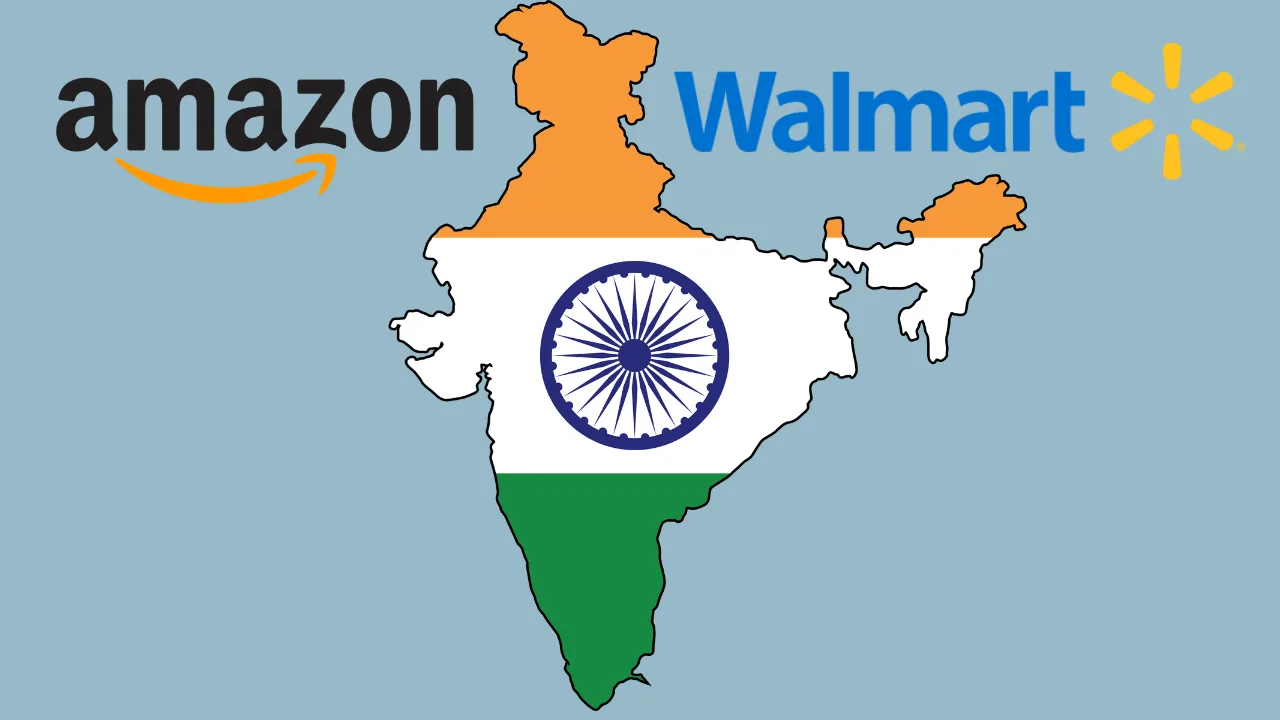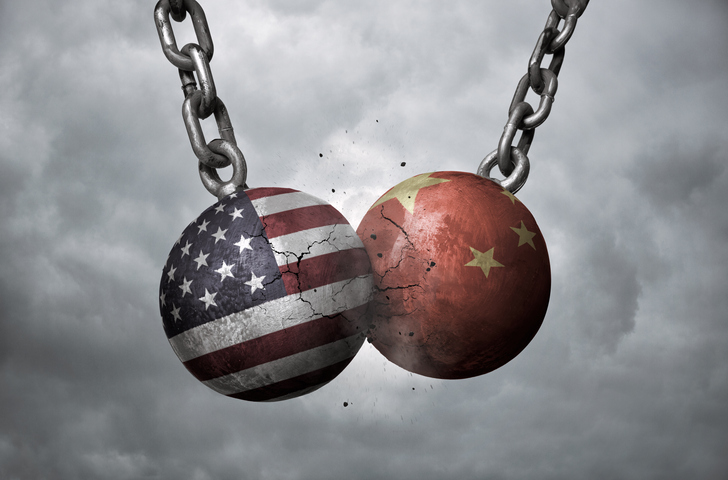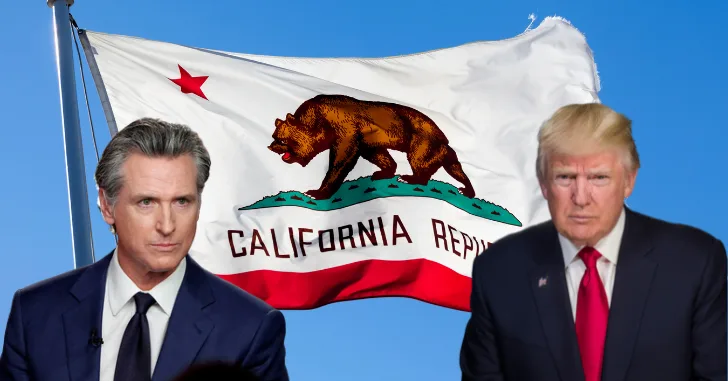As President Donald Trump’s administration intensifies its trade strategies, major American retailers like Amazon and Walmart find themselves at a crossroads. While new tariffs present immediate challenges, ongoing negotiations with India could unlock significant opportunities in one of the world’s fastest-growing e-commerce markets.
Tariffs Impacting U.S. Retail Giants
In April 2025, the Trump administration imposed a 26% tariff on Indian imports, aiming to address trade imbalances. However, this tariff has been temporarily suspended for 90 days to facilitate trade negotiations. The administration is leveraging this pause to push for broader access for American companies in India’s $125 billion e-commerce sector.
Amazon and Walmart, both heavily reliant on international supply chains, are particularly vulnerable to these tariffs. Amazon’s stock has declined by 24% this year, reflecting concerns over increased costs and potential disruptions . Walmart, while more resilient, faces similar challenges, especially given its significant investment in India’s Flipkart.
India’s E-Commerce Landscape
India’s e-commerce market has experienced rapid growth, reaching approximately $60 billion in gross merchandise value in 2024 Bain. With over 280 million online shoppers, India has surpassed the U.S. to become the second-largest e-retail market globally Business News Today.
However, foreign companies face regulatory hurdles. Current Indian laws restrict non-Indian online retailers from holding inventory and selling directly to consumers. Instead, companies like Amazon and Flipkart operate as marketplaces for third-party sellers. In contrast, domestic competitors such as Reliance enjoy fewer restrictions, allowing them to dominate the market more freely Reuters.
Negotiations for Market Access
The U.S. is pressing India to relax these restrictions as part of broader trade negotiations. Vice President JD Vance’s recent visit to India included discussions with Prime Minister Narendra Modi, focusing on achieving a more balanced trade relationship. Vance emphasized the need for reciprocity, stating, “These ongoing talks will help achieve balance and reciprocity by opening new markets for American goods and addressing unfair practices that harm American workers” Reuters.
Industry executives report that the Trump administration is closely coordinating with U.S. e-commerce platforms to advocate for policy changes that would allow them to compete on equal footing with Indian firms The Times of India.
Potential Benefits for Investors
For investors, these developments present both risks and opportunities. Short-term challenges include potential cost increases due to tariffs and regulatory uncertainties. However, successful negotiations could open access to a vast and growing market.
India’s e-commerce sector is projected to grow at over 18% annually, potentially reaching $170–$190 billion by 2030 Bain. Categories like grocery, lifestyle, and general merchandise are expected to drive this growth, with significant expansion in Tier-2 and Tier-3 cities.
Investors should monitor the progress of U.S.-India trade talks and consider the long-term potential of companies positioned to capitalize on India’s e-commerce expansion. Companies that can navigate regulatory landscapes and establish strong local partnerships may be well-placed to benefit from this burgeoning market.
Conclusion
While President Trump’s tariff policies introduce immediate challenges for American retailers, they also serve as a catalyst for negotiations that could yield substantial long-term benefits. As the U.S. seeks to secure more favorable trade terms with India, companies like Amazon and Walmart may find new avenues for growth in one of the world’s most dynamic e-commerce markets. Investors should stay informed on these developments, recognizing both the risks and the significant opportunities that lie ahead.





